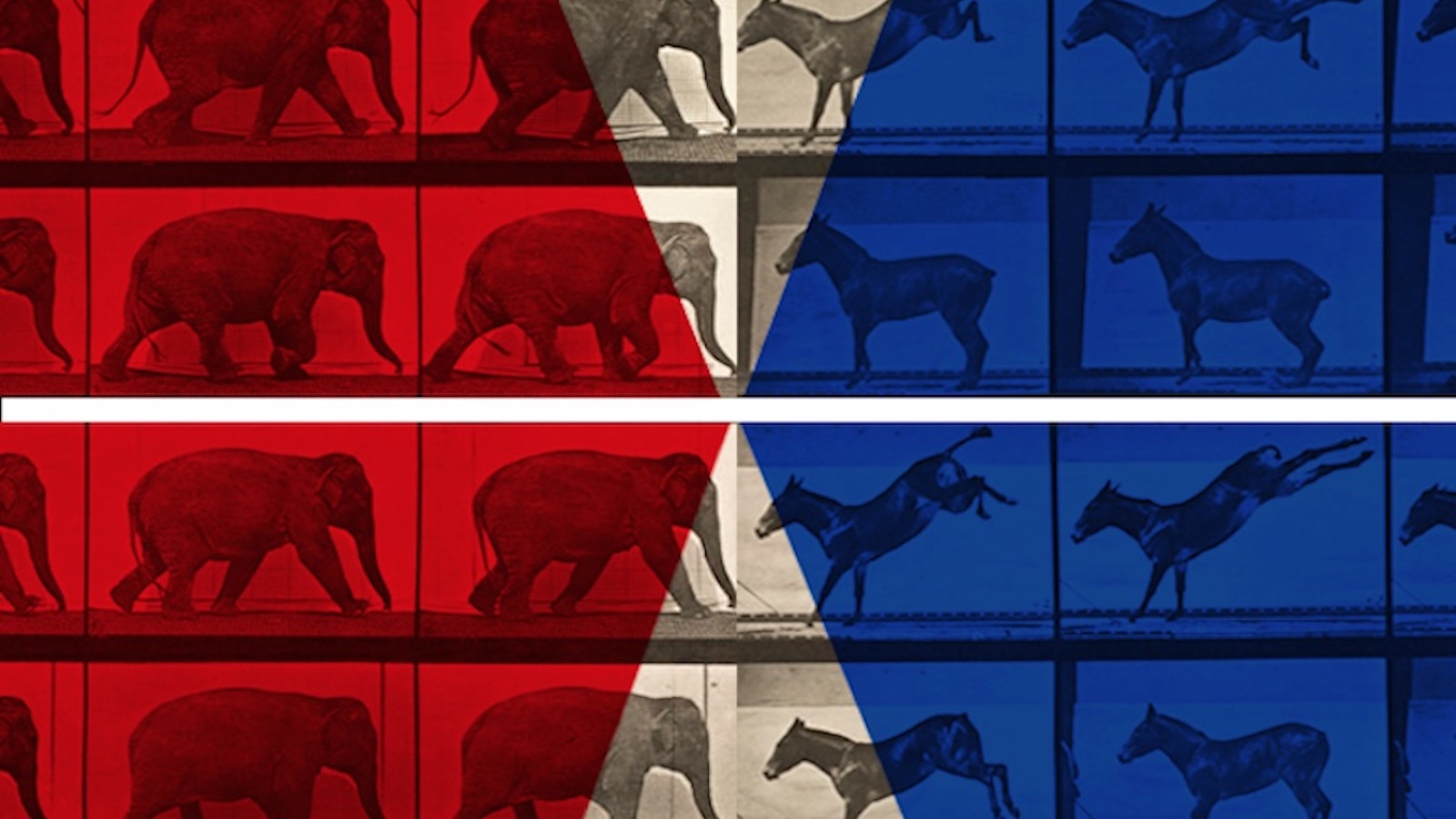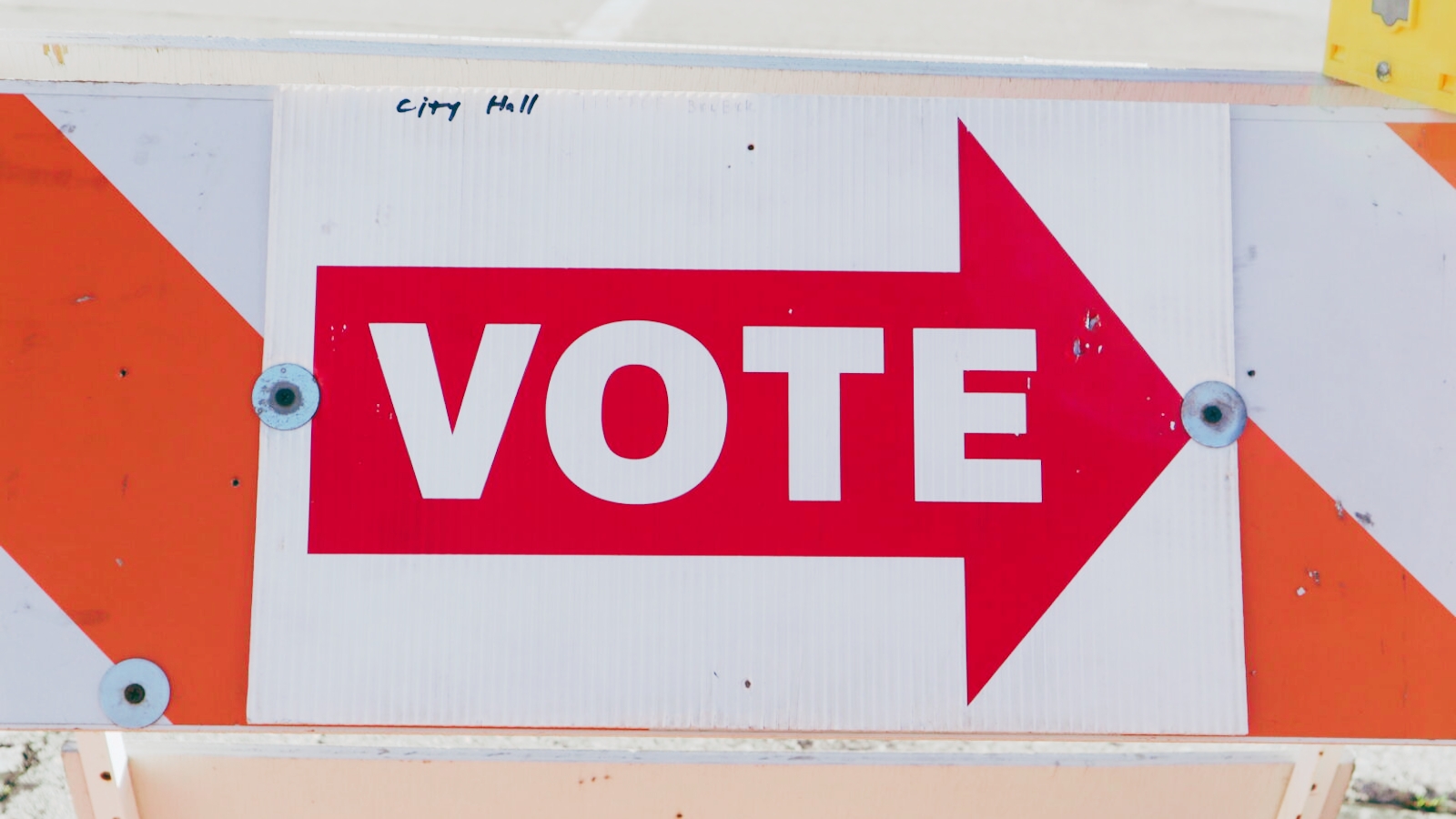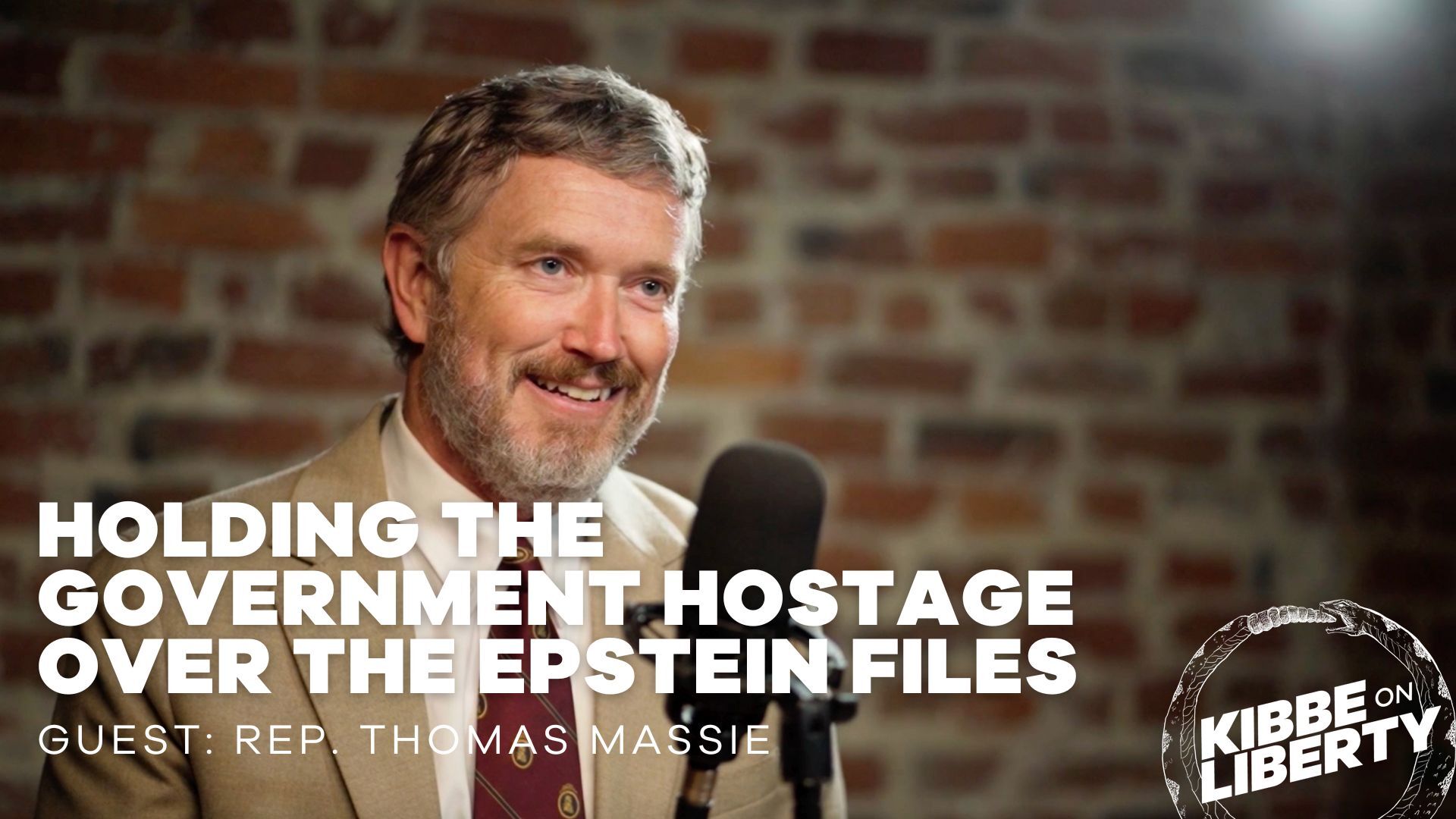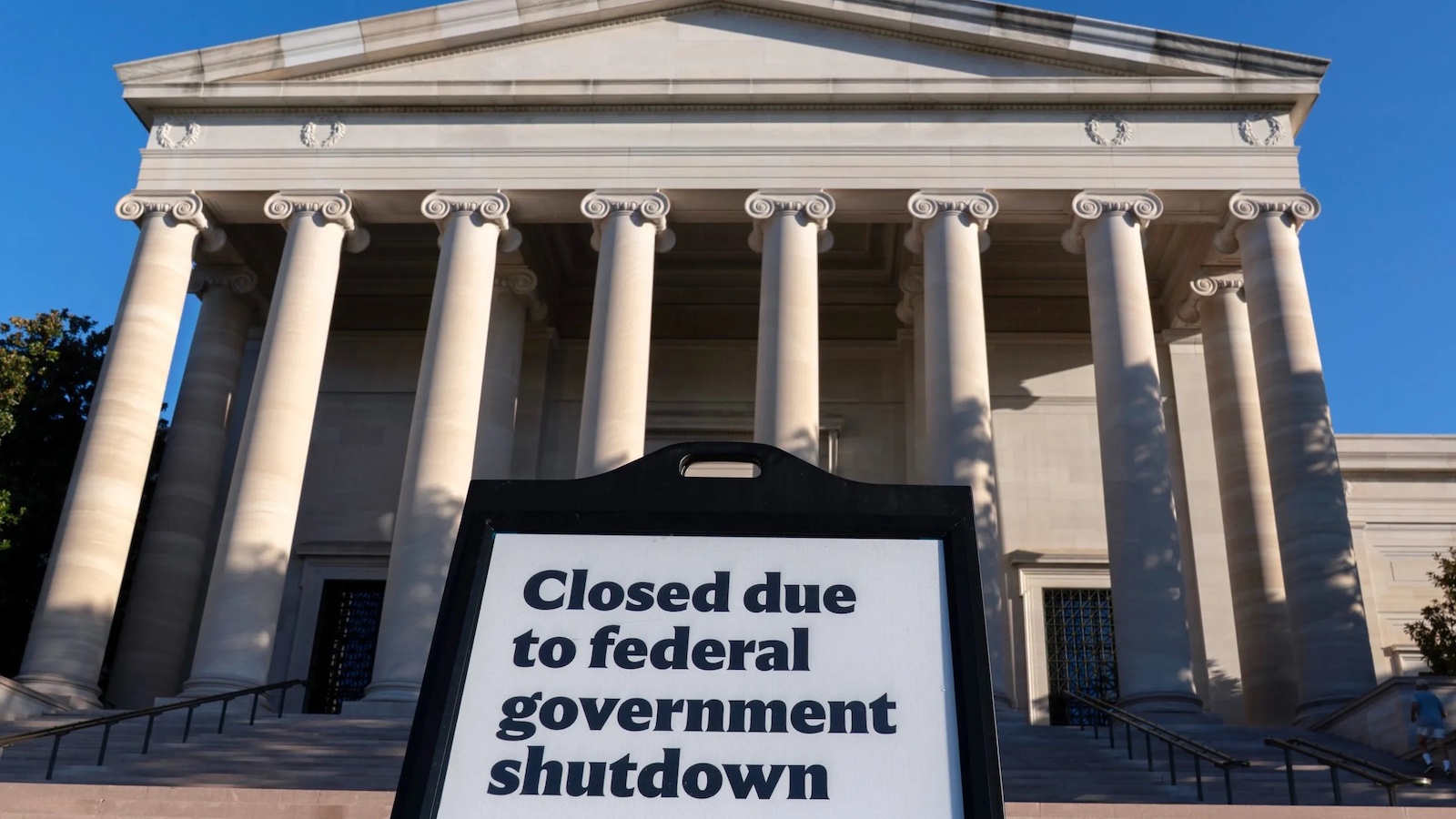
It’s Time to Reject the Ideological Prison of the Left-Right Divide
There is not a more prevalent quip within circles of self-proclaimed libertarians than “you’re not a real libertarian.” You can gauge your commitment to the political philosophy of libertarianism by how many times your libertarian credentials have been challenged. If you have never faced this accusation, let me be the first to say, you’re not a real libertarian. At the heart of this over-used indictment is the recognition of the variety and independence of thought which exist within any social philosophy, and libertarianism more than any other political philosophy celebrates variety and independence.
American conservatives have had it worse than libertarians with disagreement within their rank and file. The overabundance of disagreement is rooted in the lack of a unifying principle. Libertarians, despite all their infighting, are anchored by the non-aggression principle. Conservatives have no anchor to rely on and consequently are constantly “evolving.” We are all witness to the reality that today mainstream conservatism is whatever former President Donald Trump says it is.
Instead of a unifying principle at the heart of conservative philosophy there is a political personality. This does not bode well for the future of American conservatism.
Both libertarians and committed, limited government conservatives for decades have fought against the ever-expanding state and the erosion of individual freedom. However, the encroachment on liberty has escalated in recent years amid the growth of the radical left, the rise of national conservatism, and a pandemic used by bureaucrats to expand their power.
On a recent podcast episode of Kibbe on Liberty, Matt Kibbe sat down with political philosophers, Verlan and Hyrum Lewis, and discussed the myth of the left-right divide. The conversation focused a good bit on the frustrating reality that conservatives are becoming more authoritarian and therefore more like progressives. It is evident that modern conservatives are no longer interested in limiting state power, but instead are openly engaging in a Hobbesian power struggle with the radical left over who gets to control the machine.
The left-right divide is no longer, and perhaps never was, an effective or accurate dividing line in determining who is for freedom and who is for despotism. Even if we wished to maintain the traditional divide, no one can agree upon what “liberalism” means, what “real socialism” looks like, or what is a “conservative.” In the age of government wielding more and more power we need to dispense with the tiresome misunderstandings and agree upon a clear dividing line.
One of the best and most concise dividing lines was laid out over 60 years ago by Wilhelm Ropke, an often-forgotten friend and contemporary of Ludwig von Mises and F. A. Hayek. It would behoove conservatives and libertarians to rediscover Wilhelm Ropke’s works and ideas. He was an adamant defender of liberty and markets while simultaneously stressing the importance of tradition, rightly ordered authority, and the moral foundations of a free society.
In one of his most important books, A Humane Economy, Ropke argues that the dividing line is between “centrist” and “decentrist.” The centrist is a social rationalist who views everything empirically. A committed rationalist will reduce the person to a cog in the machine or a statistical figure which can be refashioned for the collective good. To the centrist there is a central authority, the state, from which everything is fashioned in its appropriate place.
The decentrist, according to Ropke, thinks in terms of human beings as persons with inherent dignity. Persons are “unmathematically human, spiritual, moral, and for this reason, decidedly unquantifiable” (A Humane Economy). A decentrist sees the decentralization of both vertical and horizontal realms of life—the family, tradition, and local community—as indispensable conditions for a free and flourishing society. To the decentrist, society is an intricate web of human relations with many competing centers. The decentrist adheres to a belief in objective moral truths that can be known and reasoned to outside of the empirical sciences. This recognition of objective truth informs the decentrist of the incalculable value of every unique person.
The new political divide is not left versus right. It between a new coalition of live-and-let-live, don’t-hurt-people-and-don’t-take-their-stuff anti-authoritarians joined together against authoritarian tyrants left or right.
— Matt Kibbe (@mkibbe) November 14, 2022
Centrist and decentrist are particularly advantageous terms. First, they do not come with the baggage of being associated with the traditional left and right of American politics. Second, they are not victim of perpetual infighting on what is a “real” centrist or decentrist. Finally, these terms communicate a clear and concise contrast. Perhaps most importantly, Wilhelm Ropke recognized that accepting this divide could allow for us to rid ourselves of the ideological trap of partisan politics and give ourselves the opportunity to peacefully dialogue on the important issues.
Modern conservatism is becoming more like progressivism in that it seeks to place authority at one central point. All that remains for the progressives and national conservatives to do is to determine who controls the center. A pluralistic society, such as the United States, is not compatible with a singular source of centralized power. If Americans become more willing to accept the idea of a single source of power the more difficult peace will become to maintain. There is no room for pluralism in a centralized society.
Those of us who value liberty, variety, peaceful cooperation, and independence in every area of life can strengthen this cause by recognizing and clearly communicating that the divide is not between the left and the right, but between decentrist and centrist. If we can reject and break free of the ideological prison of the left-right divide, then we can once again be confident that the great American experiment in freedom and ordered liberty will persist.
Free the People publishes opinion-based articles from contributing writers. The opinions and ideas expressed do not always reflect the opinions and ideas that Free the People endorses. We believe in free speech, and in providing a platform for open dialogue. Feel free to leave a comment.




RJ Hall
A thought-provoking argument with a lot of merits. On the other side, I think that for far too long the conservative right has “gone along to get along” when confronted with a growing number of progressive demands. As a result, the left became accustomed to steam-rolling conservatives (and libertarians?) into acquiescing to their policies, which are predominately centrist (and destructive to the Republic).
Beginning with Reagan–and then codified with Trump–the conservative right started pushing back. This upset the status quo and needed to be squashed. When conservatives finally grew a spine and refused to back down, all of a sudden they were labeled as radical and divisive. The left controls the vocabulary and narrative via the media, so conservatives were labeled white nationalist racists and the conservative boogeyman was created.
Michael
Thanks RJ for the reading and the comment.
I agree that the radical left/progressives stream rolled right-leaning Americans and conservatives into submission for some time. President Trump certainly emboldened conservatives to finally fight back.
The risk as I see it for traditional conservatives is that they are becoming more like the left in their means. The intended end goal may be very different, but both roads – the progressive and the natcon road – seem to agree on centralization or as Wilhelm Ropke saw it “Centrist”.
I also agree with you that the progressives does control the vocabulary or is much better at appropriating it. The terms “centrist” and “decentrist” undermine that vocabulary. A centrist can be a democract or republican as can a decentrist. Also these terms allow for us to analyze a policy proposal. Does “x policy” further centralize control or decentralize it?
My other recent article hits on the idea of government policy assisting vs subverting the authority of there spheres of society.